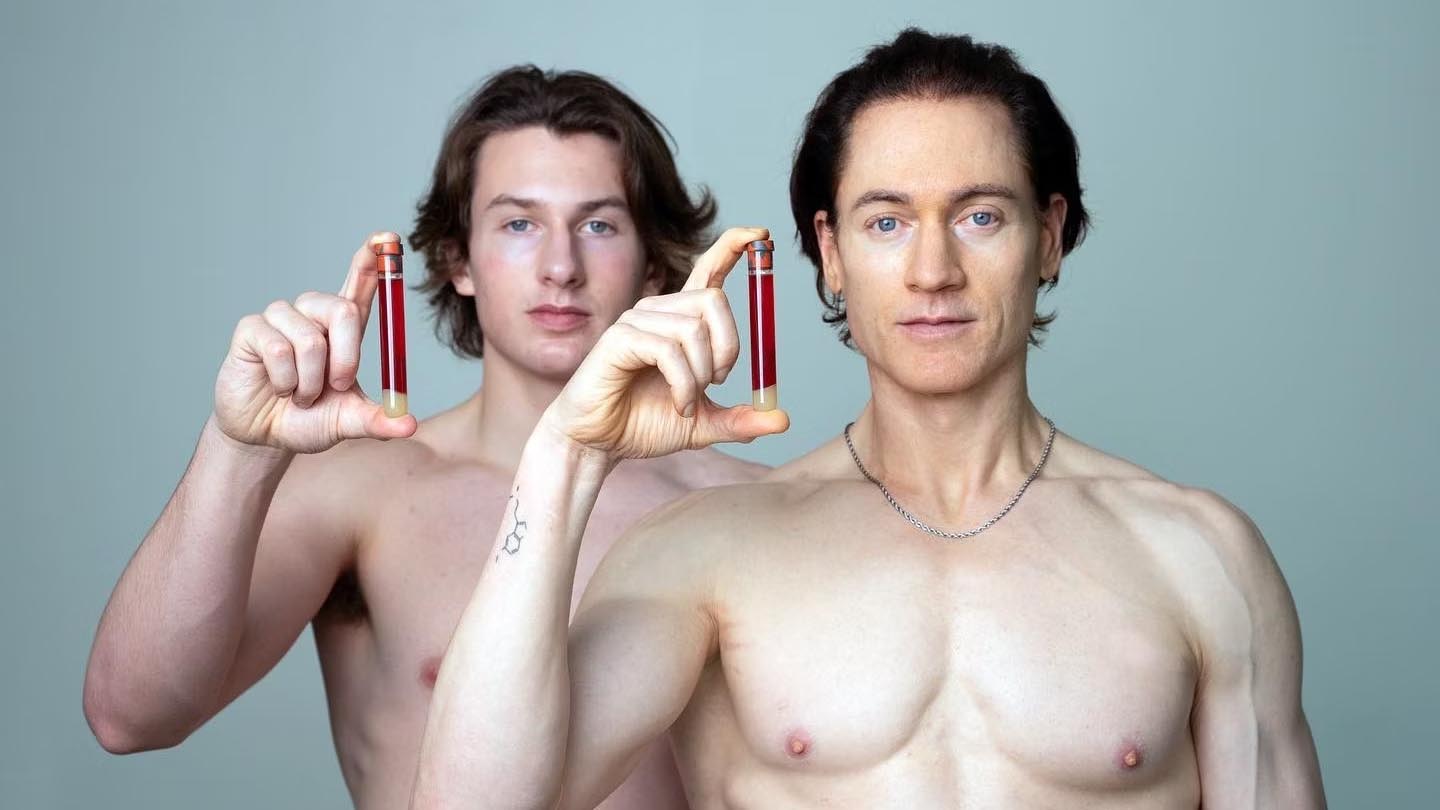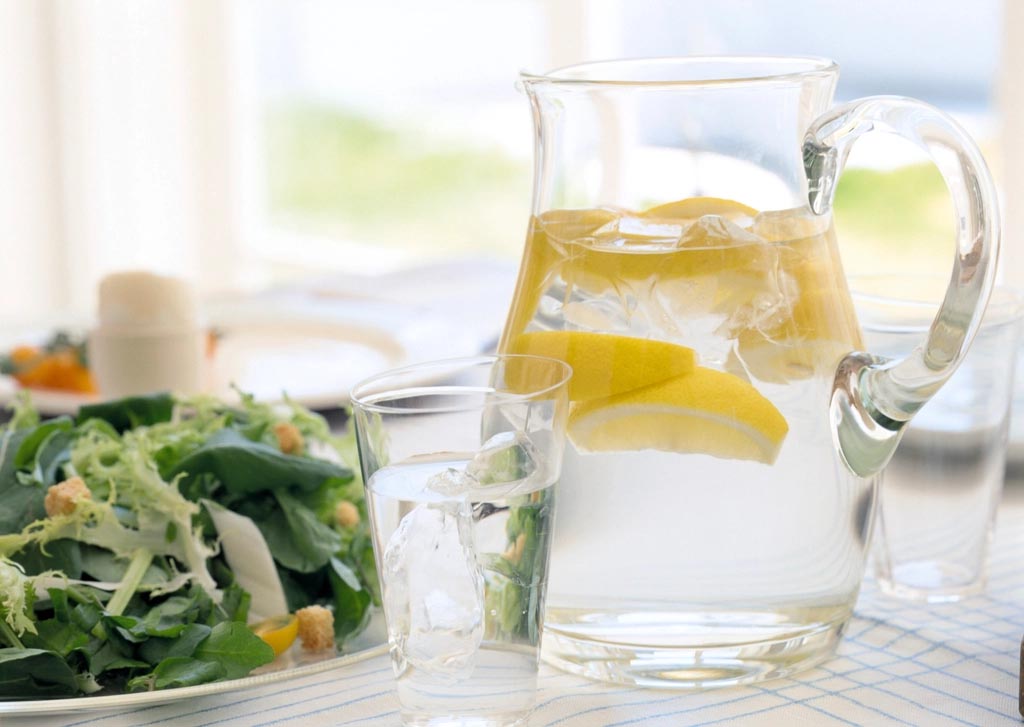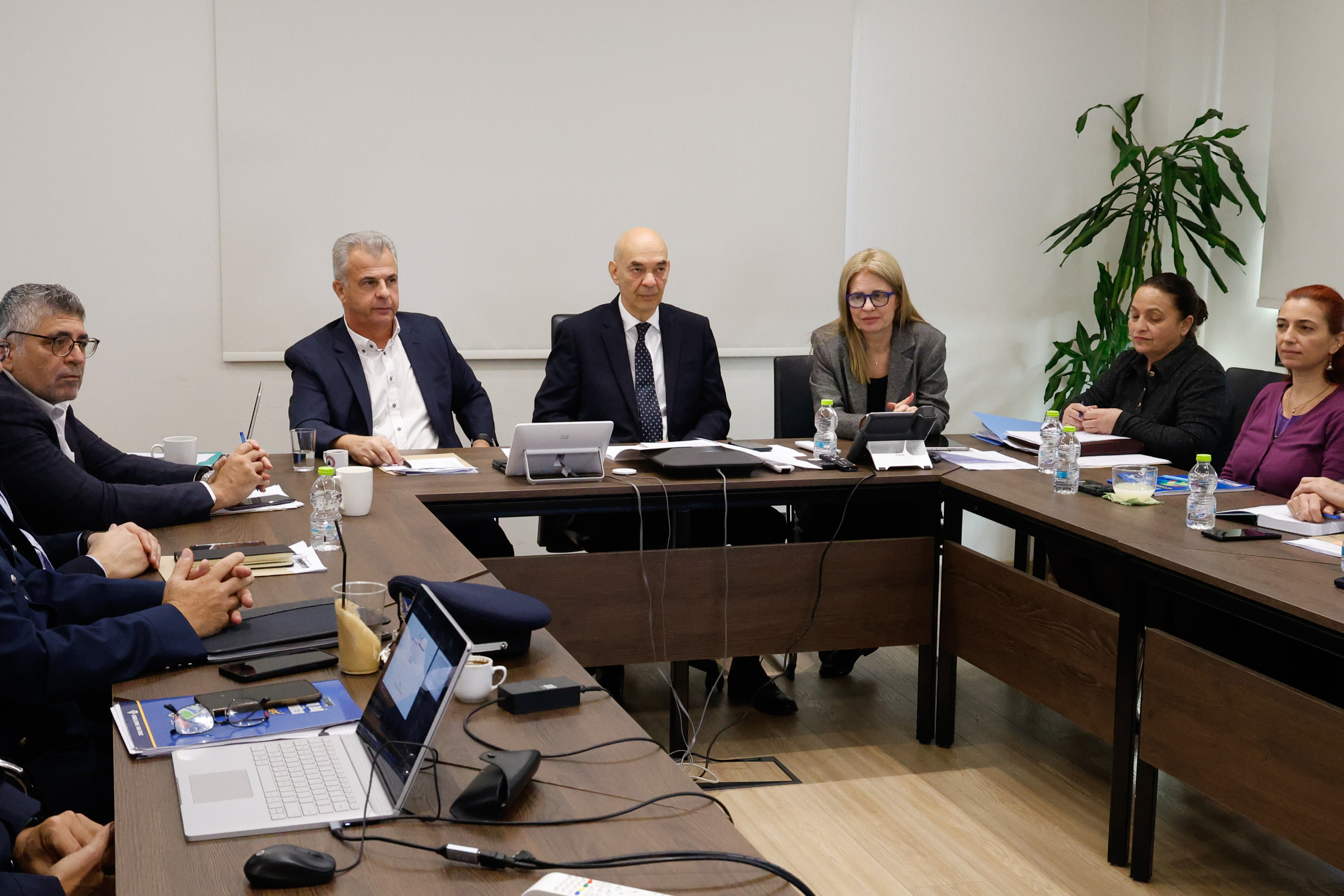Biohacking seeks to ‘upgrade’ the body with small, strategic changes
By Dina Gavarieva
Biohacking has emerged as one of the most mindboggling, and sometimes extreme, health trends of the 21st century.
At its heart, biohacking is about making small, strategic changes to habits and behaviours to ‘upgrade’ the human body.
It was a movement that began with harmless enough experiments such as tracking sleep patterns, counting steps and timing fasts.
However, it has since spiralled into a global obsession involving anything from cryotherapy chambers, red-light pods, stem-cell infusions, microdosing psychedelics, and even blood transfusions from younger donors.
Billionaires such as Bryan Johnson have become poster boys for this techno-utopian dream, reportedly injecting themselves with their son’s plasma and swallowing hundreds of supplements a day, in pursuit of biological immortality.
It’s an extraordinary effort to defy decay, but in the rush to hack longevity, many have forgotten the most fundamental principle of health: before you add, you must clear.
The fact is, that away from the gadgets, the injections and glowing pods, the human body is still the same self-regulating organism it has always been, and its most sophisticated upgrade is one it already performs – detoxification.
Another, much sadder, fact is that we live in an age where the average person is exposed daily to more chemicals, pollutants and synthetic compounds than any previous generation.

Airborne particulates, pesticides, plastics, industrial solvents, cosmetic preservatives, heavy metals in water, they all find their way into our systems.
As a result, the liver, kidneys, lymph and skin are constantly having to work to clear them, but modern life pushes those natural filters to their limits.
The truth of the matter is, you can inject all the peptides in the world into your system, but if your internal pathways are blocked, you’re simply polishing rust.
That’s why detoxification – the process of supporting and unburdening those natural filters – may be the ultimate biohack of them all.
Of course, in today’s clamour for bigger, better, faster results, detoxification doesn’t sound sexy; there’s no instant gratification, no headline-grabbing breakthrough, no shiny new gadget to post about online.
Detox demands patience, discipline and knowledge, but everyone wants the miracle shortcut, the magic pill that resets everything overnight.
Unfortunately, the human body isn’t an app that updates in seconds; it’s an ecosystem that must first be cleared of debris before it can function at full potential.
This is where detox steps in and, despite the bad press, it isn’t about punishing juice fasts or celebrity-endorsed cleanses. It’s about reducing the toxic load that accumulates silently over time – cleaning up your environment, your food, your habits.
It starts with simple, unglamorous acts like drinking clean water, sleeping properly, sweating regularly, eating real food instead of ultra-processed concoctions, giving your liver and kidneys a break from the constant assault of alcohol, caffeine, sugar and synthetic additives.
These are hardly revolutionary steps, yet they remain the foundation on which all health is built. It’s astonishing how many people will spend thousands on biohacking equipment before addressing the basics their grandmother would have advised.
And while sceptics argue that ‘the body detoxes itself,’ the truth is more nuanced.
Yes, the body has its own detox systems, but those systems evolved in a world without pesticides, plastics and persistent organic pollutants. Our grandparents didn’t drink from plastic bottles or breathe exhaust fumes for hours in city traffic.
Modern toxins are stickier, more pervasive, and often accumulate in fat tissue or organs. Supporting the body’s detoxification, by eating nutrient-dense foods, supporting liver function with antioxidants and amino acids, promoting circulation and lymphatic flow, and minimising exposure in the first place, is not pseudoscience; it’s intelligent self-maintenance.
There’s a growing recognition, even among serious longevity researchers, that health span – the number of years we live in good health – depends more on clearing internal clutter than on adding new interventions.
A body burdened by inflammation, poor digestion and toxic residues can’t repair efficiently, no matter how advanced the treatment.
A detox-first approach allows every other system to perform better: hormones balance, sleep deepens, skin clears and energy stabilises.
It’s the biological equivalent of clearing your computer’s cache before installing new software. The performance gains are immediate once the junk is gone.
That’s not to say detoxification should be something you go into lightly.
The body thrives on balance, not deprivation, so overdoing fasts or flushes can do more harm than good.
True detox is a steady, ongoing process of reducing input and improving output. It’s about making cleaner choices, day after day.
When you give your body less to fight, it can actually begin to heal, rebuild and renew.
So, for all the futuristic fantasies of the biohacking world – the lasers, injections, oxygen pods and data dashboards – the oldest wisdom still stands: you can’t build strength on a toxic foundation.
True rejuvenation doesn’t come from adding more, but from removing what doesn’t serve you. And in that sense, detoxification isn’t just the ultimate biohack, it’s the only one that’s ever really worked.
Dina Gavarieva is a qualified naturopath practising at Neomed Institute and Medical Centre, Limassol







Click here to change your cookie preferences